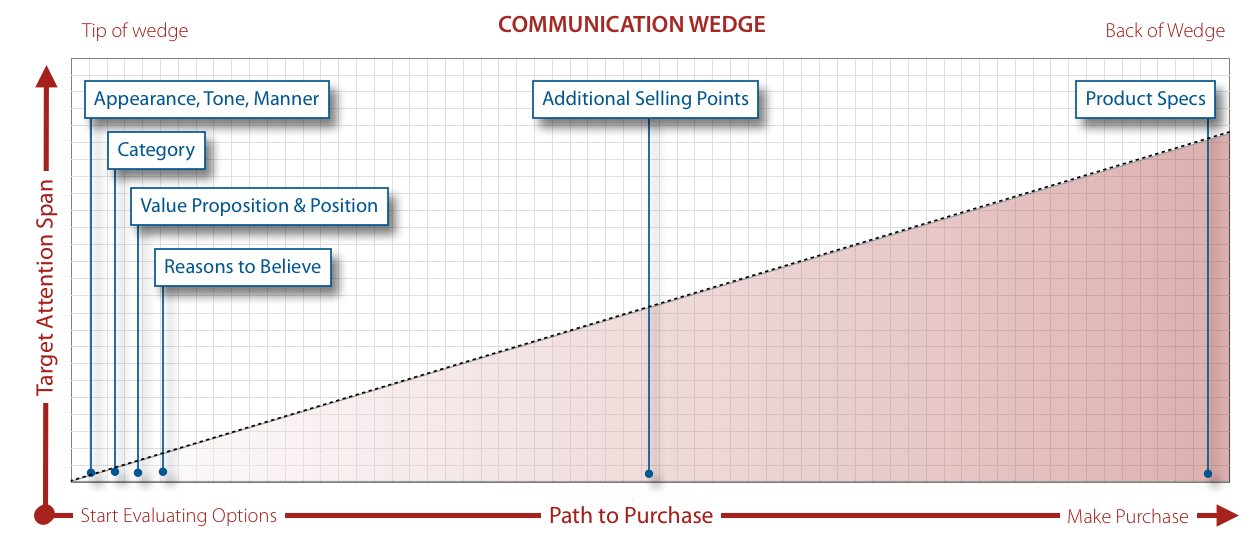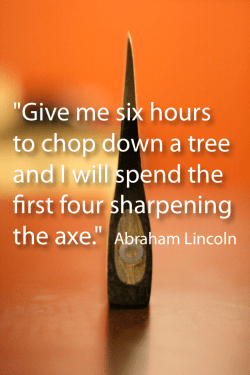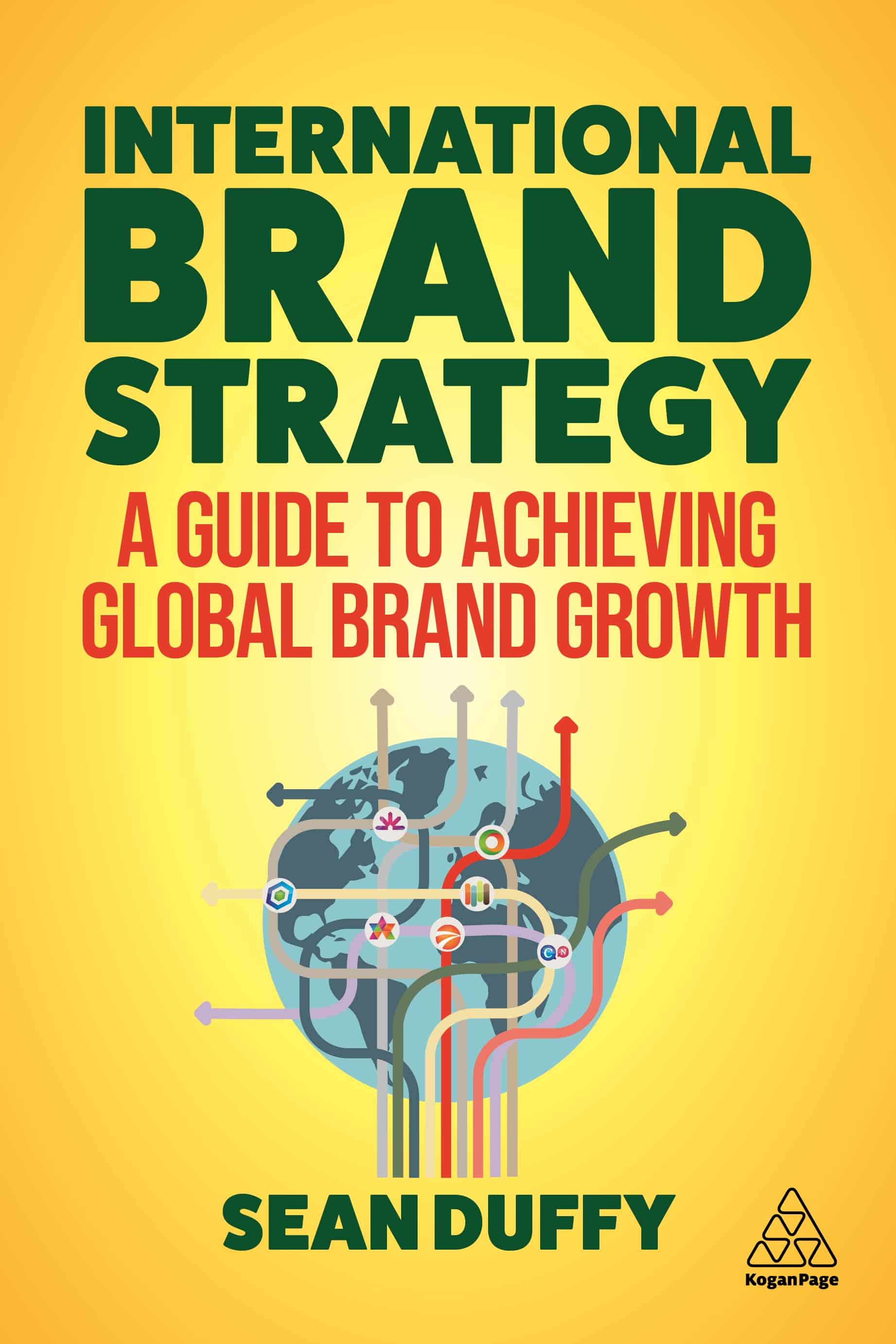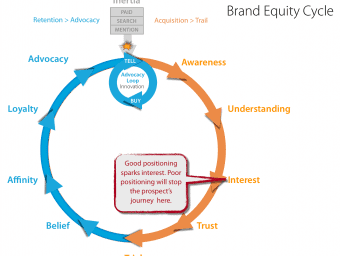Brand Focus: Getting to the point
The third in a three-part series on best practices to focus your brand's offer and communication. ...
19 Sep 2024 10247 ViewsFive filters to sharpen your communication’s focus.
TMI, or too much information, isn’t just a funny internet acronym. It’s the reason why many brands fail to get traction in the market with regard to awareness and interest: Their message is a muddle of ill-conceived features, benefits and claims that mirror their competitors and are often at odds with the way prospects make purchase decisions. In this post, I’m going to define a framework to start paring down your message to what’s strategically important and then arranging what’s left in a way that will help focus your messaging in step with the information needs of prospects on the path to purchase.
Think of your communication like a wedge. A prospect’s interest needs to be triggered by a very small amount of information at the start (the tip of the wedge) if you ever hope to deliver the entire payload of features and benefits required to close the sale (the back of the wedge). That’s why you need to be very selective about what you say first. It should be true, differentiating, highly relevant to the target, and believable. But for most marketers, that still leaves dozens of possibilities (at least from their perspective).
Unfortunately, there is no one-size-fits-all formula to determine what your brand should say first. It is a lot easier to determine what you should not say first. By eliminating all the irrelevant information that surrounds your brand you stand a much better chance at arriving at the opening that is right for your product. To that end, I’d suggest doing an attribute inventory and then applying the following five filters.
1. Truth
Start with a sheet of paper and write your product category, value proposition, position(s) at the top of the piece of paper. Now under that, write all the possible attributes, features, benefits and other potential selling points for your brand down in one list. The only filter to apply at this point is truth: Write down everything that is true regardless of differentiation, relevance, believability or sustainability. You should have 25-75 attributes. These are all the things you could say truthfully on behalf of the brand.

The communication wedge was developed to mirror the prospects path to purchase with regard to the information they need to keep moving and the time they are likely to invest with a brand along the way.
2. Differentiation
Now arrange your list into the following categories.
- Unique – only your brand can claim this
- Differentiating – only a few brands can/do claim this
- Common – most brands claim this
- Hygiene factors – expected for inclusion in the category
Be ruthlessly honest here, especially with regard to the hygiene factors posing as selling points. Hygiene factors are attributes that are essential to the prospect but at the same time are fairly standard for the category and therefore expected and not noteworthy. E.g., “Our laptop computer comes with a power cord.” Since people expect to get a power cord with their laptop, it is already communicated by the category. So mentioning this in promotion near the tip of the wedge is redundant and a waste of your most precious communication real estate. The place for this type of information may be on a spec sheet much further back in the communication wedge.
3. Relevance
Next, take the factors that are unique and differentiating for your brand and categorize them according to their relevance. Most marketers know that selling points should be highly relevant to the prospect. But remember, relevance is a two-edge sword: To pass this filter, an attribute needs to be relevant to a) your target and b) your brand. One without the other blunts the tip of the wedge, making it more difficult to penetrate.
This is often overlooked by marketers who choose to emphasize selling points based solely on the fact that they are relevant to the to the prospect even though they don’t fit with the broader brand story — at least at the tip of the wedge where the value proposition and position live.
For instance a study may reveal that an enzyme found in a sports drink targeted at males, 18-38 years old, may help promote stronger, smoother nails. Who doesn’t want strong smooth nails? But that claim doesn’t jive with the rest of the brand story focusing on stamina and hydration. It dilutes the message. So, although the attribute is relevant, it would not be included because it distracts from the broader brand story.
Brand Relevance
You are probably the best judge of what attributes most directly support your value proposition and/or position. The connection needs to be obvious based on the target’s knowledge level. If an attribute is indirectly connected or not connected, cut it for now. Leave only the attributes that directly support your value proposition and/or position. This grounds the claim in credibility and builds trust which has a halo effect on your other claims.
Target Relevance
Take the attributes that are most relevant to your brand and see which are most relevant to your target. The best way to determine this is to have a qualified third party ask them directly. Of course, you can guess what they are thinking but the odds are decidedly against you guessing correctly.
Removing all the attributes that are not relevant to either your target or your brand story should reduce your list significantly.
4. Beliveablility
In the best case scenario, you’ll be able to vividly demonstrate your value proposition like the classic Krazy Glue’s hard hat spot, Pepsi Challenge or Timex’s classic, “It takes a lickin’ and keeps on tickin’ ” campaigns. In any case, be prepared to support your value proposition and position with evidence. It can be factual (e.g., product features) or circumstantial (e.g., celebrity endorsement) but it has to be believable. Just because it’s true doesn’t mean it’s believable.
For instance, at one point working with Saab automobiles an independent report was published indicating that Saab automobiles were, according to insurance company records, safer than Volvo’s. The knee-jerk reaction among many on the team was to communicate this point aggressively in an attempt to steal some thunder from Volvo. Fortunately, cooler heads prevailed and the study was used to support Saab’s safety claims further down the communication wedge, but not as the brand’s main focus. Why? Because at that point Volvo had done such a great job driving home the safety message that Saab claiming to be safer simply wasn’t credible – even if we had a study that said it was true. Unseating a brand’s value proposition or position can be done but it’s an expensive proposition if the brand you have in your crosshairs is as strong as Volvo and your only ammunition is one study.
5. Sustainablility
Hopefully you still have some items on your list. If so, one last check is for sustainability. There’s nothing wrong with flouting short-term advantages (that have passed through the four filters above) while you have them. But be careful about crafting your brand identity around them or becoming too closely associated with them because if they are short-lived, your brand could fade with them. Ideally your value proposition is crafted around a claim that will maintain its relevance to the target but also one that you will be able to maintain and defend indefinitely. Safety with the Volvo story above is a good example.
New product categories are particularly vulnerable. That‘s because the core benefits of new technologies tend to become hygiene factors as the category begins to mature. For instance when mobile phones first went mainstream in the 1990s the biggest concern was simply being able to make a call because there were so few towers. In response, mobile handset producer Ericsson focused on engineering to deliver a reliable signal. That worked well for a few years and then good reception became a hygiene factor. Then the battleground moved onto design, which is where Nokia had focused. Equally challenging are product categories with fast-moving product development cycles like many medical devices and technology brands. The shelf life of product innovations in these categories can often be measured in weeks.
In conclusion
Creating a sharper focus to your communication means your message will pentatrate faster, easier, and more effectively than your competitors. In mass communication that can have a significant impact on sales. You can only say one thing first and it needs to be as concise as it is persuasive. If you’ve done this exercise, you may be starting to appreciate that creating a simple message can be very difficult. It’s also messy. During this process we start with a category, value proposition and position. But when sifting through the support you may find that these need to be changed because they are unsubstantiated or not sustainable.
If you have the discipline to ruthlessly cut away all the distracting information that’s buzzing around your brand, you stand a much better chance at crafting a highly effective introduction for prospects. Obtaining a qualified outside perspective also helps. That’s why I’d advise you find a professional to help you determine the best value proposition, position, and support. In the mean time, you can take a first step by filtering your long list of attributes. Eliminating irrelevant information is an essential first step if you want to create the sharpest message for your brand.
Like this post? You'll find more marketing insights in my new book: International Brand Strategy: A guide to achieving global brand growth, now available from booksellers globally. Order your copy here.









3 replies
Having read this I thought it was very enlightening.
I appreciate you spending some time and energy to put this short article together.
I once again find myself personally spending way too much time both reading
and posting comments. But so what, it was still worthwhile!
Fantastic web site. A lot of helpful information here. I am sending it to a few pals ans also sharing in delicious.
And naturally, thanks on your effort!
Great Post. Thank you suggesting the factors of the branding. Many people start their business and then worry about how to make popular their business. This post will let people to first make a plan for branding and then launch any service or product to make the maximum impact.